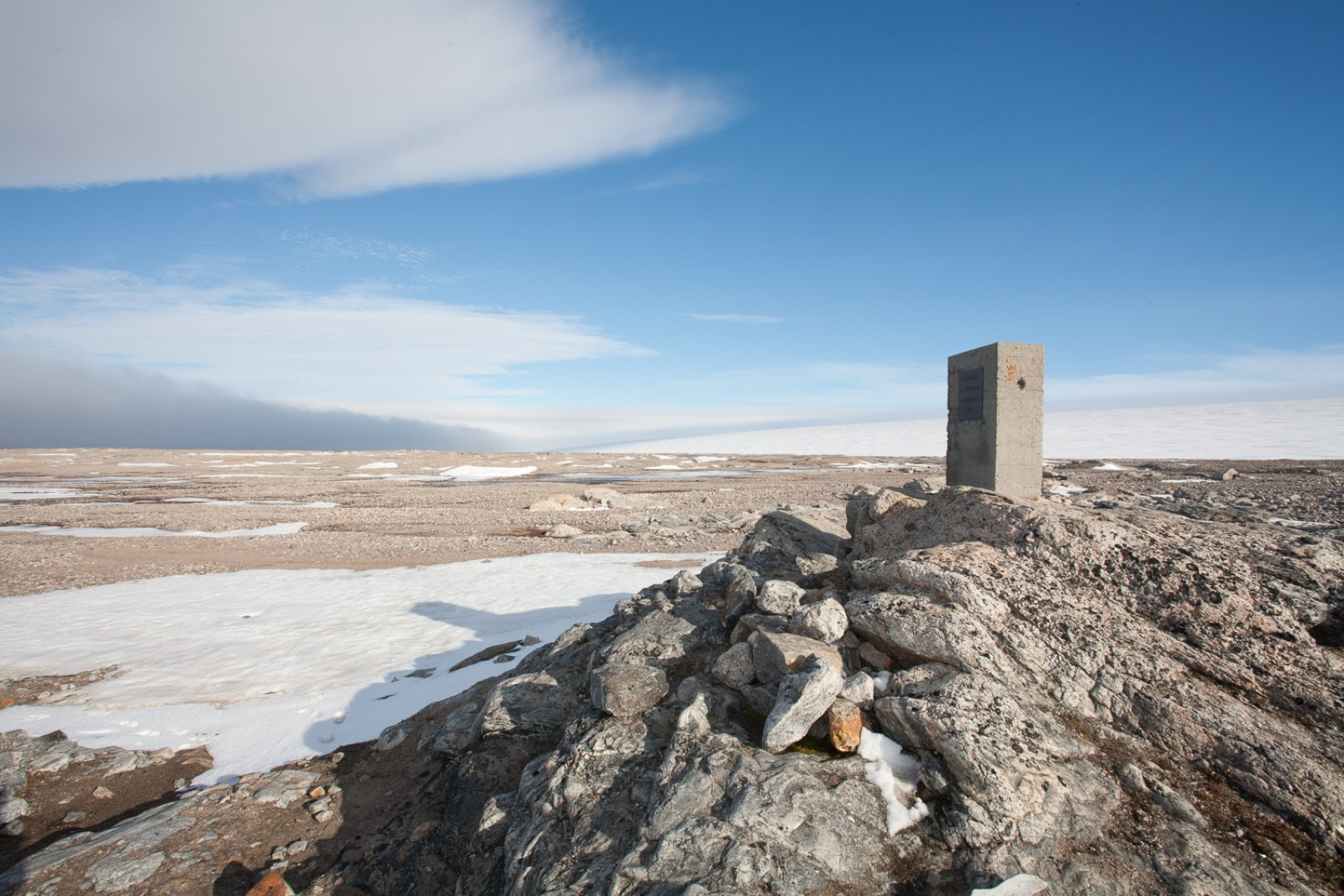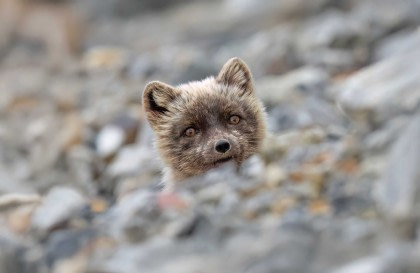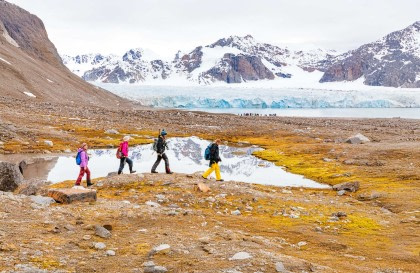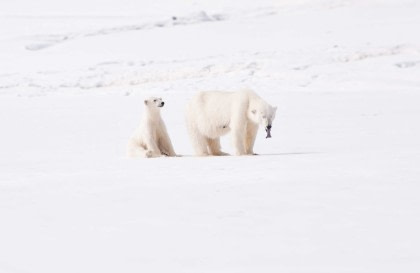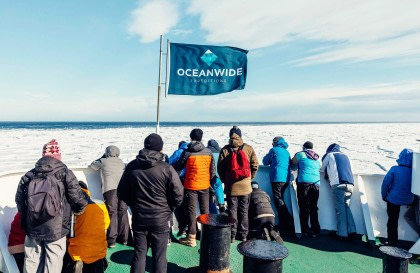In 1930, while hunting for Walruses on the Arctic island of Kvitøya, a party of whalers from the Norwegian sealing vessel Bratvaag uncovered the skeleton of a small boat, frozen beneath a mound of snow and packed with equipment engraved: ''Andrée's Polar Expedition, 1896". Close by, the remains of two men lay, along with various other scattered artifacts and journals. This was the culmination of a decades-long mystery and just another chapter in the Arctic's long history of heroic but doomed endeavors.
The brainchild of Salomon August Andrée, a Swedish engineer and polar explorer, his expedition was feted as a way for Sweden to realize its Arctic ambitions and compete with its polar pioneering neighbor, Norway, for international prestige and glory. On paper, his idea appeared simple. Rather than attempt to master the barren and inhospitable landscape of the Arctic pack ice by foot, they would instead drift above it from the safety and relative comfort of a hydrogen balloon basket. In doing so, they aimed to become the first people in recorded history to view the North Pole.
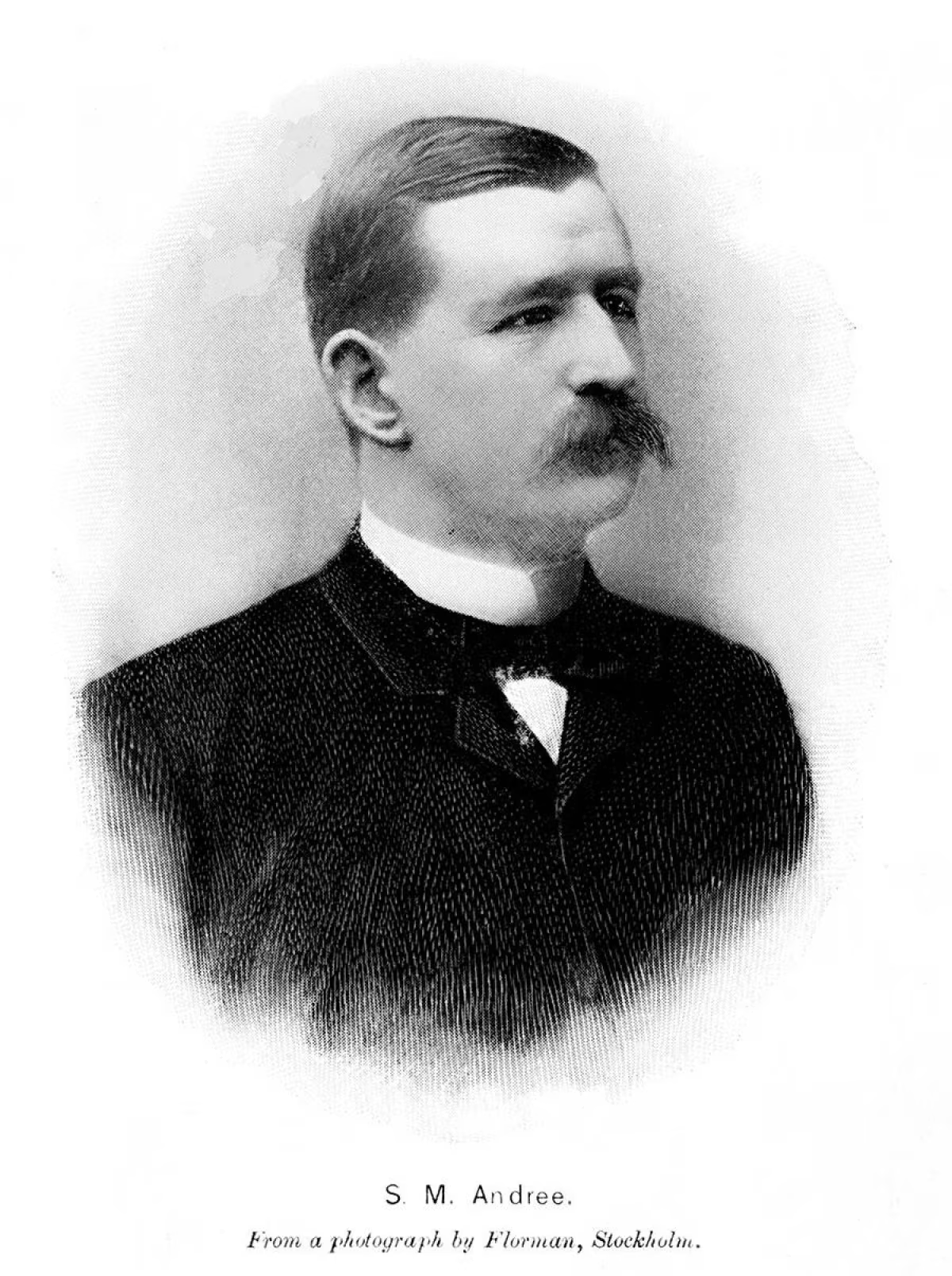
The plan unravels
Andrée's balloon, the Örnen, would carry equipment for scientific observation and photographic studies and hold enough supplies and stores for Andrée and his two companions, Knut Frænkel and Nils Strindberg, to live in relative comfort for a journey planned to last only several weeks. After passing the pole, the balloon, guided by the wind and a rudimentary steering system consisting of heavy drag ropes dangling below, would take them to Russia, Canada, or Alaska, depending on the prevailing winds.
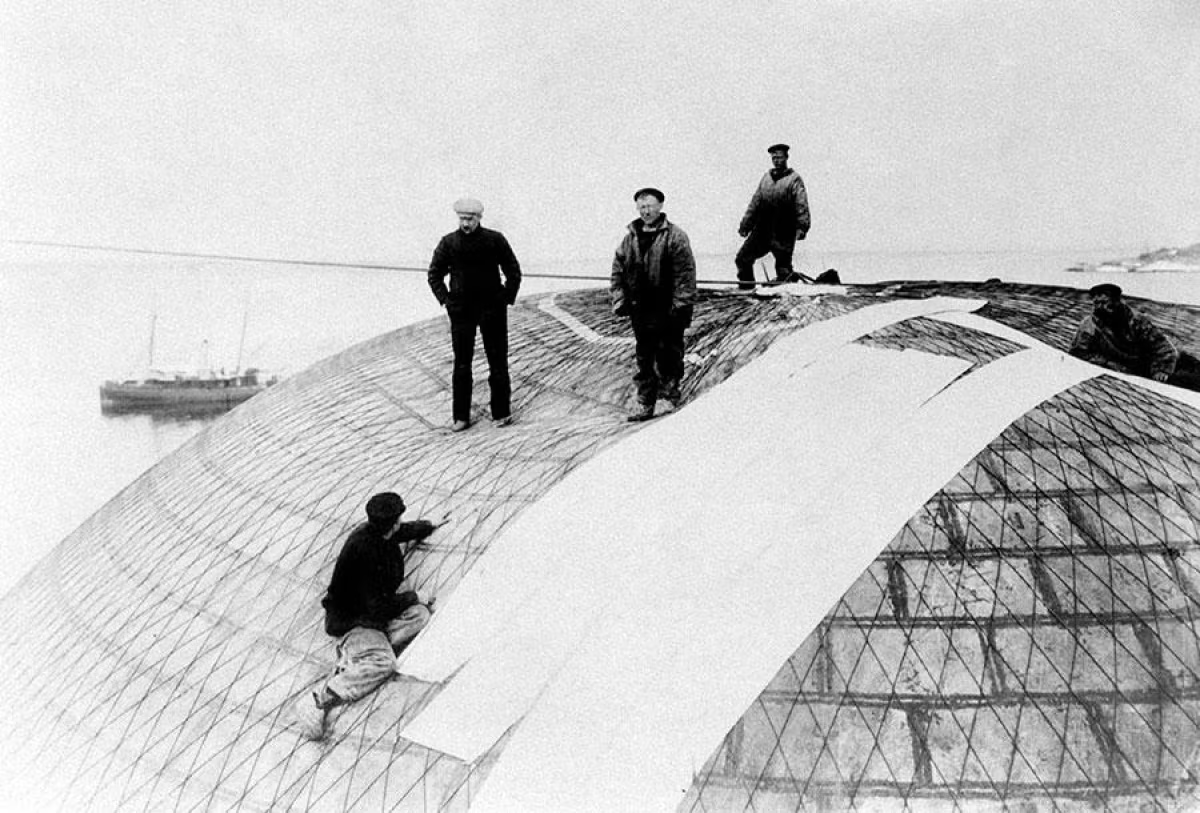
In practice, however, the harsh realities of the Arctic world would wreak havoc on the expedition from the moment it began. On 11 July 1897, conditions were favorable, and Andrée's expedition began. Once launched, the huge drag ropes weighed the basket down. Several became tangled and twisted and fell away while Andrée and his companions hastily threw sand ballast overboard to help the balloon rise to safety. This meant that, in just a few short minutes, the Örnen had become uncontrollable and was at the mercy of the wind.
As the balloon drifted further upwards, far higher than planned, it eventually disappeared from sight, and Andrée, Frænkel, and Strindberg's fate would be shrouded in uncertainty and superstition for the next 33 years. The mystery of their journey would captivate the world, leaving their fate a subject of intense speculation.
A mystery revealed
The remains found on Kvitøya were identified as those of Andrée and Strindberg, with Frænkel being found soon after. The harsh Arctic climate had preserved much of what the men had carried with them, including Strindberg's photographic reels and the journals of Andrée, Frænkel and Strindberg. This gave a fascinating – and tragic glimpse into what had led to their deaths 33 years prior.
The Örnen stayed aloft for only two days, rapidly leaking hydrogen until grounding on the ice just short of the 83rd parallel North on 14 July 1897. The men found themselves wholly unprepared for survival on the ice. They emerged unhurt from the crash, which was soft, not even damaging fragile meteorological equipment, but lacked furs and clothing sufficient for survival in the harsh temperatures they suddenly found themselves in. They decided to head south and make for food depot places at either Sjuøyane in Svalbard or at Cape Flora in Franz Josef Land. After incorrectly reading their maps, they moved towards Cape Flora - further away than Sjuøyane.
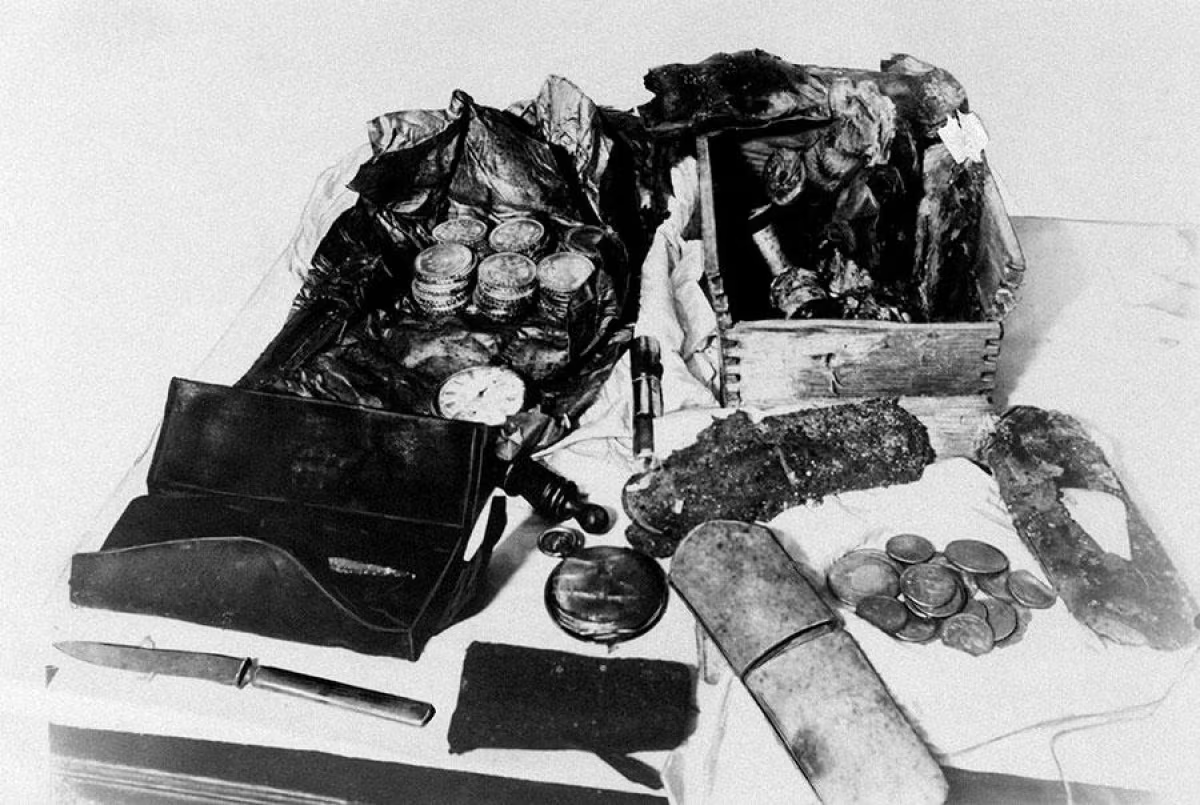
Life on the ice
The Örnen had carried equipment such as guns, sleds, a tent, and even a boat, but the men found their gear incompatible with the landscape they now had to traverse. Huge ice ridges, over two stories high, and the ice drift in the opposite direction slowly exhausted their already limited food stocks. Incredibly, during the flight of the Örnen, many provisions had been thrown overboard, both as a means of reducing weight and in apparent ignorance of the disaster towards which they had been heading.
Each man initially dragged a sled weighing over 200 kilograms (440lb) of pemmican, meats, cheese, and canned foods. However, this was soon reduced to around 130 kilograms (290lb). Occasionally, they used their small collapsible boat to cross small patches of open water, but the weeks were grueling and increasingly energy-sapping. Throughout, they hunted polar bears to supplement their meager rations.
By September, the men had resigned themselves to the prospect of over-wintering on the ice and built a camp on a large ice floe, intending to drift south. However, in October, the floe began to break up in pack ice forming around the island of Kvitøya, forcing them to move their stores ashore and to abandon their winter snow home, which was lost to the sea. By 8 October 1897, it is believed that all three men perished, as all diary entries stopped abruptly, marking the tragic end of their ill-fated expedition.
Into the pages of history
Speculation remains as to how and why the men died so rapidly after reaching Kvitøya. Theories range from the simple - Hypothermia or a polar bear attack - to the specific - poisoning either from an incorrectly functioning stove or undercooked polar bear meat or lead poisoning from incorrectly canned foods - itself a factor in the doomed Franklin expedition of 1845.
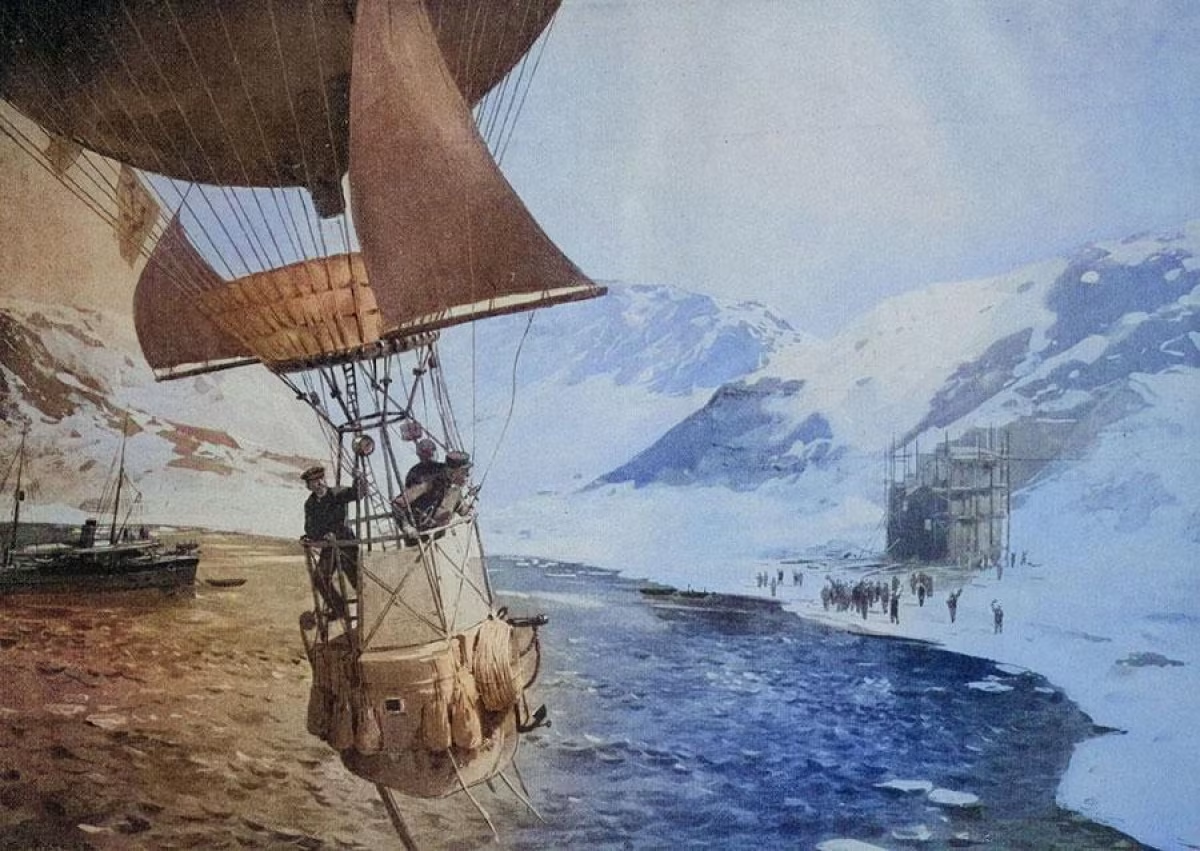
Disputed facts and the contested contents of all three men's journals have continued to fuel discussion, research, and speculation of the men's fates to this day. Much criticism is also laid against Andrée, who seemingly failed to see the risks and shortcomings of his plan and did not prepare sufficiently for survival in the Arctic. Over 200 photographs taken by Strindberg offer a fascinating glimpse into the men's doomed trek across the ice, documenting their attempts to reach safety before the Arctic winter set in. Many recovered artifacts and images are now held at the Grenna Museum in Gränna, Sweden.
What can be said for sure is that August Andrée, Knut Frænkel, and Nils Strindberg cemented their names, stories, and ambitions in the history of Arctic exploration and that the flight of the Örnen remains one of the most intriguing tales of polar exploration to date.
